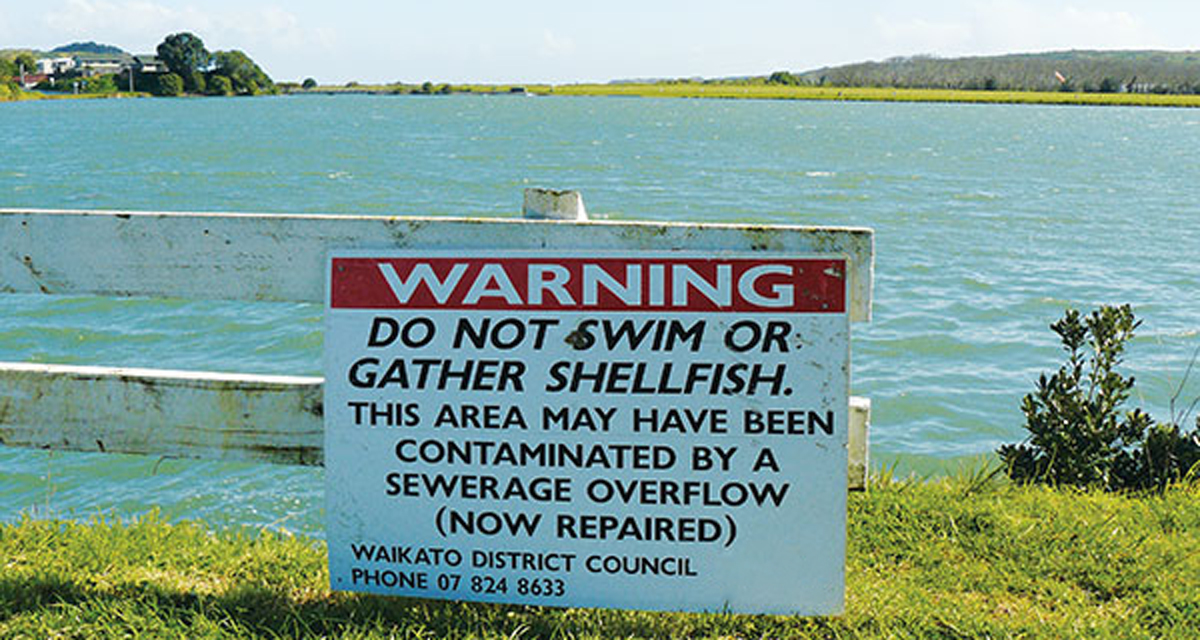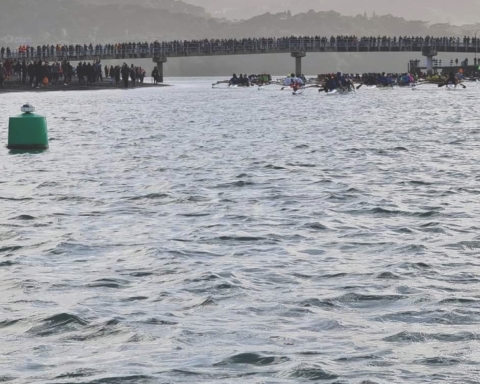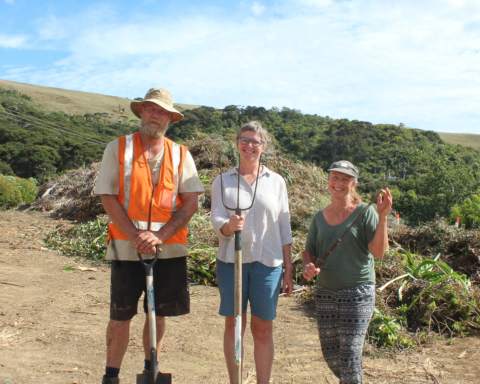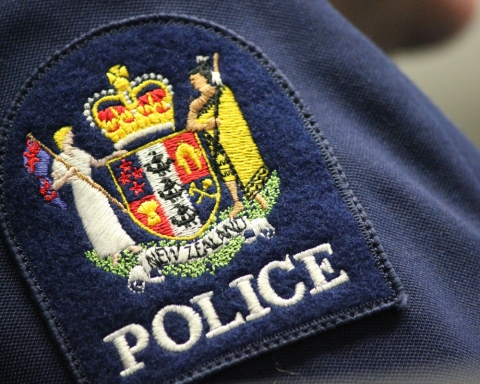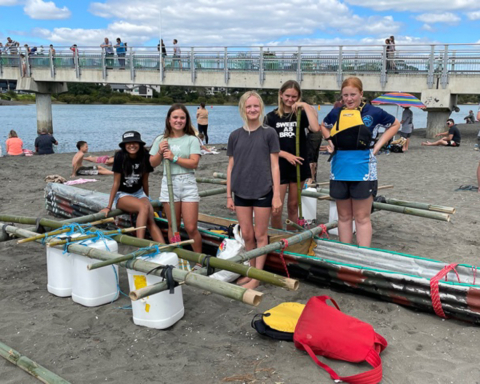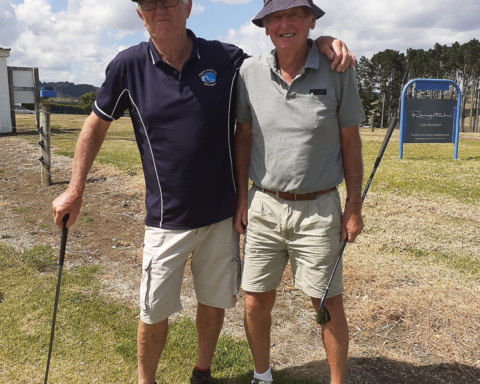Waikato District Council has decided to adopt an approach that will see a medium target regarding the amount of wastewater spills, according to national benchmarking, despite aspirations for “zero spills”.
WDC general manager strategy and support Tony Whittaker told the Raglan Community Board on Tuesday that zero spills was “not affordable”, with a price tag of $134 million attached to a high level of intervention for a target of 0.25 overflows per 1000 connections.
On Monday, WDC approved the immediate spending of $1.757m to address urgent concerns around wastewater spills, the start of a long-term multi-million dollar programme to address the district’s network.
An independent report on the district’s wastewater network by Jacobs New Zealand was presented at the council meeting, and made a number of recommendations for a continual improvement plan.
The summary of options for intervention, over a 10-year period, included doing the staus quo (4.3 overflows per 1000 connections) at a cost of $30.8m, aiming for a medium performing network system (one overflow per 1000 connections) at a cost of $74m, or a high performance intervention at a cost of $134m (0.25 spills per 1000 connections). However, more analysis is needed before costs can be pinned down.
Mr Whittaker said the council would work toward the medium approach, although there “certainly is a desire and aspiration to have zero spills”.
Waikato District Council currently is the poorest performing provincial district council in the country, regarding overflows, according to National Performance Review data (2014/2015) by Water New Zealand. A continual improvement programme approach should bump the council up the ranks as one of the better performers, the Jacobs report says.
In July, the council received a formal warning from the Waikato Regional Council following three wastewater spills in four months into the Raglan harbour. A $300,000 programme, including the installation of back-ups at all 18 Raglan pump stations, outage alarms, a back-up generator and funding for a community education programme, is already underway or complete.
The council will also adopt other recommendations in the Jacobs report, including having separate specialist wastewater and water teams, the purchase of standby generators and $1.6m for specialist equipment for Raglan.
Work will be done to improve communications relating to the SCADA control system to ensure a robust connection exists between Raglan and council main office in Ngaruawahia.
Immediate work to improve the network will see an increase of $68 per property in the district connected to the wastewater network in the targeted rate, effective from 2017-2018.
Mr Whittaker said the rate rise would enable the council to accelerate the “asset condition assessment that is required … so we can make decisions” regarding a long-term programme.
The report recommended that council spend $3.6 million for specialist high-pressure jets and closed circuit television (CCTV) investigations across the total district.
WDC chief executive Gavin Ion said neither the community nor the council would tolerate ongoing spills and that a significant investment into the district’s wastewater network was “simply non-negotiable”.
He expected more comprehensive analysis, including greater certainty around costs, would not be available until the second half of 2017.
Council must consult with the community before undertaking any further spending, he said.
Any major decisions regarding the district’s wastewater newtwork will become part of the 2018-28 Long Term Plan.
Inger Vos

